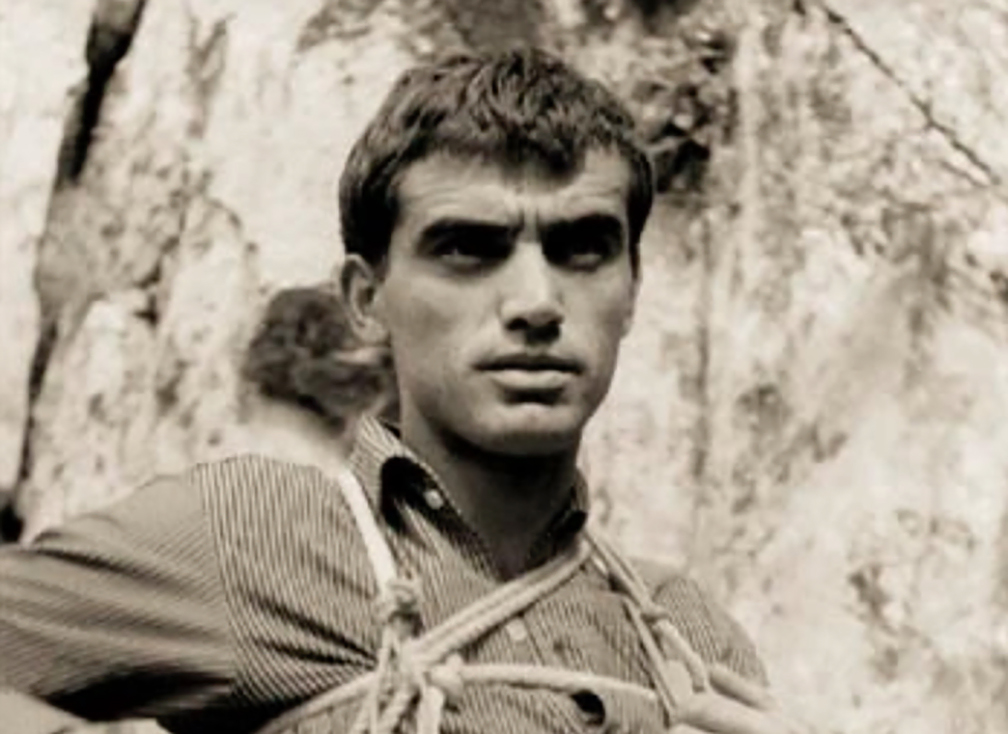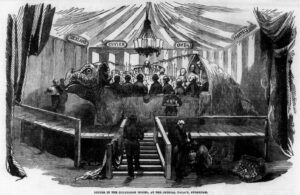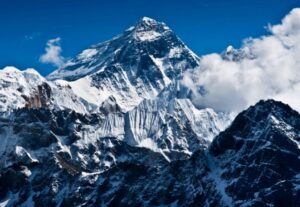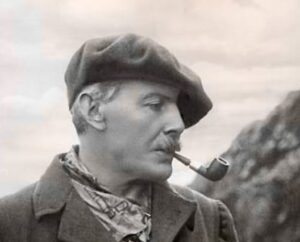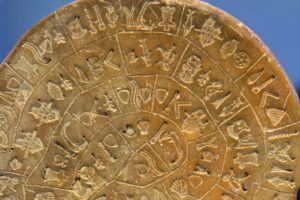Earlier this week, we examined the pioneering 1979 ascent of Everest’s West Ridge Direct route. In 1984, a team that included Bulgarian alpinist Hristo Prodanov completed the only repeat of this demanding route. Prodanov summited alone, without supplemental oxygen.
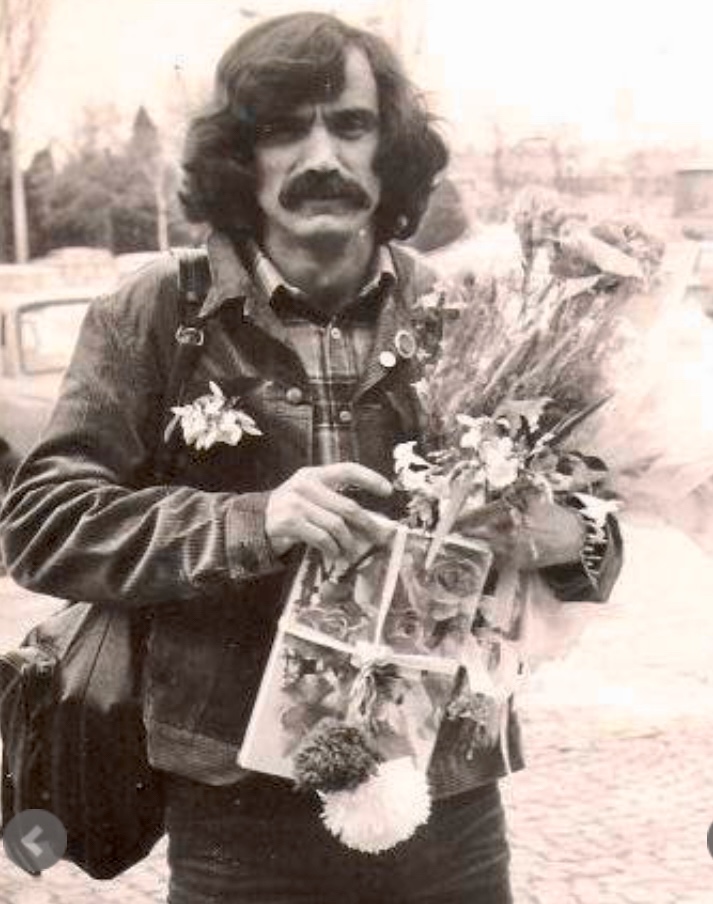
Hristo Prodanov. Photo: Epicenter
Prodanov’s climbing history
Born on Feb. 24, 1943, in Karlovo, Bulgaria, Prodanov was a metallurgical engineer whose true passion was mountaineering. Starting in 1958 in Bulgaria’s Pirin Mountains, he became one of his country’s greatest climbers.
Between 1967 and 1977, Prodanov made several important climbs in the Alps. In 1967, he ascended the North Face of the Grandes Jorasses via the Walker Spur and the Petit Dru by the Bonatti Pillar. In 1969, he did Mont Blanc’s Freney Pillar. He knocked off the North Face of the Matterhorn in 1974 and the Petit Dru by the Guides Route in 1977.
He also carried out several climbs in the Caucasus, including Ushba Pillar in 1970 and a traverse on Shkhelda in 1973.
In 1975, Prodanov began climbing 7,000’ers. That summer, he summited 7,134m Lenin Peak (now called Ibn Sina Peak) in the Pamirs, returning there in 1982 and 1983. In 1976, he climbed 7,492m Noshaq in the Hindu Kush. He successfully climbed 7,105m Korzhenevskaya Peak three times (in 1979, 1982, and 1983), and he also summited Communism Peak (now Ismail Samani) twice, in 1980 and 1983.
In April 1981, Prodanov became the first Bulgarian to summit an 8,000m peak when he did 8,516m Lhotse. Prodanov reached the summit alone and without supplemental oxygen.
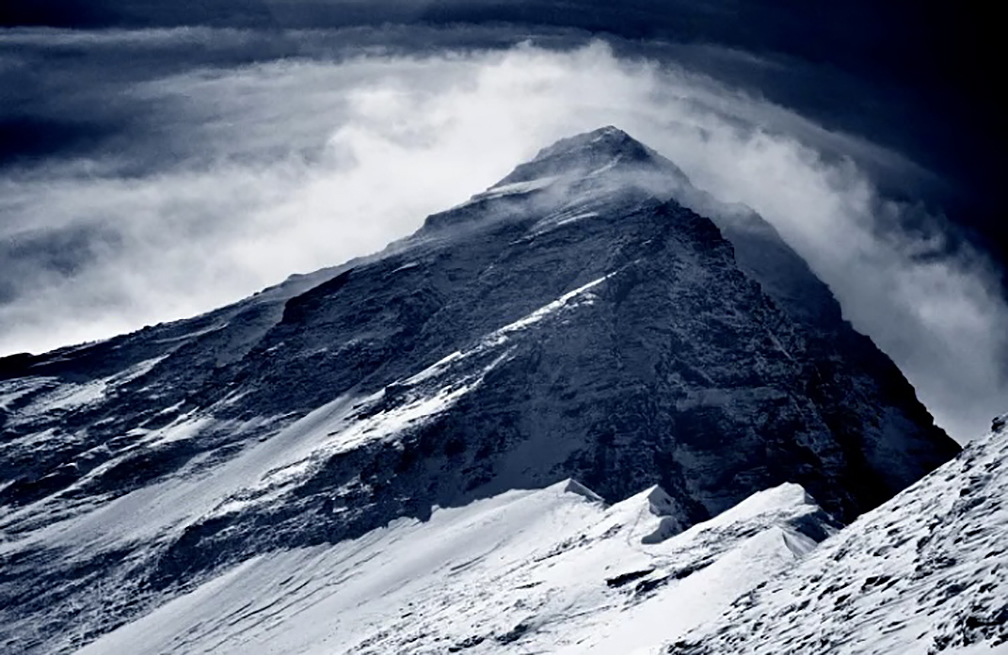
Everest West Ridge. Photo: Ed Webster
Everest, 1984
In the spring of 1984, a Bulgarian expedition led by Avram Iliev Avramov (with Prodanov as deputy leader) headed to Everest. The team established Base Camp on March 18. The group included 24 Bulgarians, Nepalese climbers Chowang Rinzi Sherpa, Ang Rita Sherpa, and Ang Zangbu Sherpa, plus other Sherpas to work as support staff above Base Camp. Avramov’s party chose the difficult West Ridge Direct route.
Five expeditions targeted Everest that spring: two on the Nepalese side and three from Tibet. On the Nepal side, Avramov’s team shared the mountain with an Indian party led by Darshan Kumar Khullar. Khullar’s team targeted the normal route (South Col-Southeast Ridge).
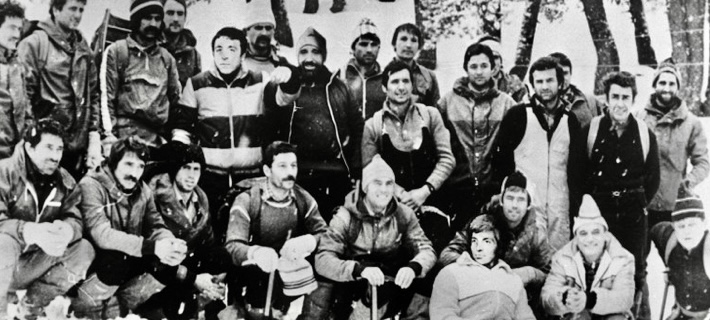
The 1984 Bulgarian team. Photo: Bulgarian History
Good progress on the route
By March 21, the expedition had set up Camp 1 at Lho La (6,050m), with Ang Rita and Ang Zangbu assisting with gear transport. Six days later, the expedition established Camp 2 at 6,770m. There, they dug a snow cave large enough for 15 people.
On April 3, they set up Camp 3 at 7,170m. Again, they dug a snow cave, this time big enough for six climbers. On April 18, Prodanov and Chowang Rinzi established Camp 4 at 7,520m.
On April 19, Prodanov and Chowang Rinzi reached 8,120m and set up Camp 5. Meanwhile, Trifon Djambazov, Kostas Kanidis, and Dinio Tomov completed Camp 4 and stayed there overnight. Ang Rita and Ang Zangbu remained at the lower camps, managing supplies.
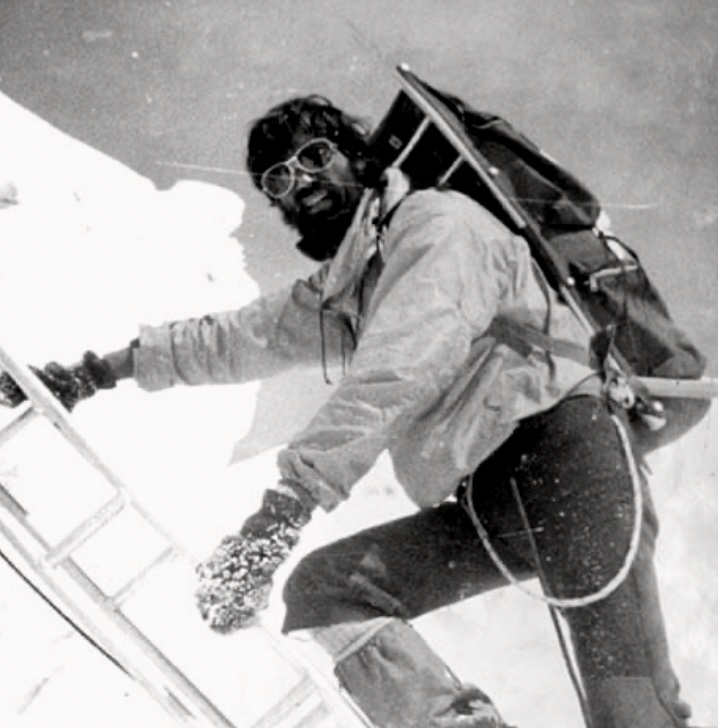
Hristo Prodanov. Photo: Epicenter
Summit push
On April 20, Prodanov and Chowang Rinzi left Camp 5 at 5:45 am in clear, cold weather, without supplemental oxygen. Mid-morning, Chowang Rinzi aborted his summit push because of the technical difficulty of the West Ridge and returned to Camp 4.
Prodanov continued the ascent alone. At 11:10 am, Prodanov radioed Base Camp from 8,550m, reporting steady progress on the West Ridge.
At 6:10 pm, he radioed Base Camp from the summit. He said that he found a pyramid of empty oxygen bottles left by Soviet climbers, alongside a Soviet flag. Prodanov tore off a fragment of the flag as a memento.
Prodanov spent 33 minutes on the summit and abandoned his 8mm camera there after removing the film. Then he started his descent via the West Ridge.
This was the first recorded ascent of Everest in April, and Prodanov also became the first Bulgarian to summit the highest peak in the world.
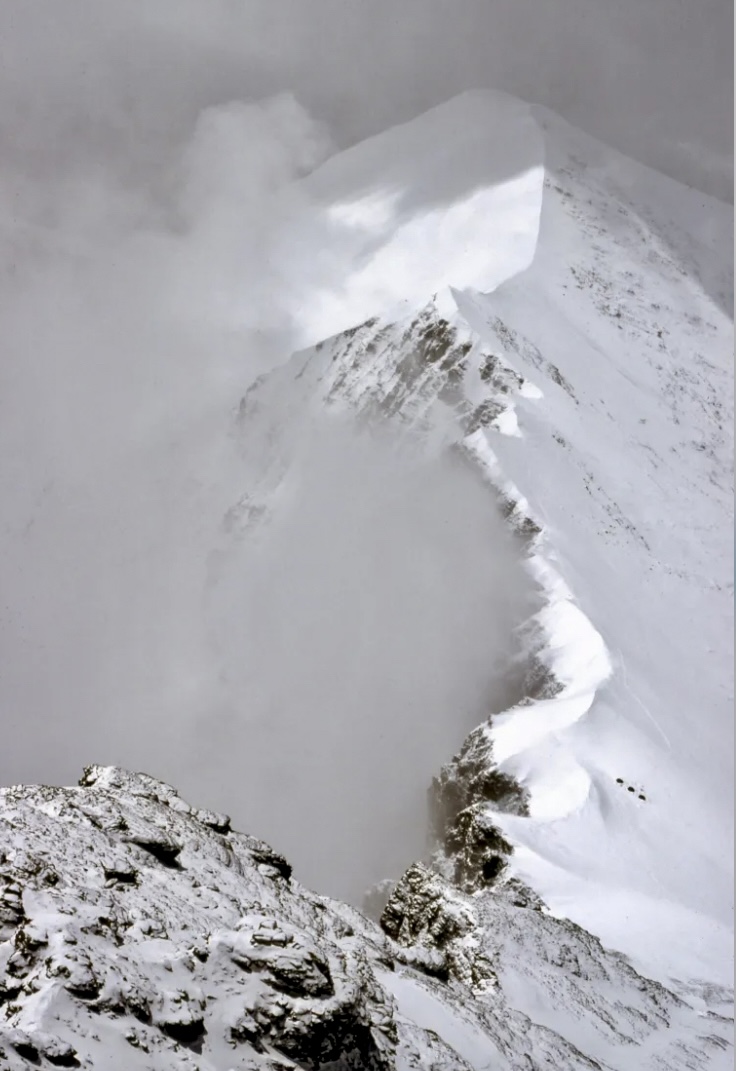
Looking down the West Ridge from close to 8,000m. Photo: Explore7Summits
The descent
On April 20 at 9:10 pm, Prodanov radioed Base Camp again. He explained that he would bivouac because it was too dark.
The following day, Prodanov maintained voice contact with Base Camp until 5:30 pm. However, his voice was weak and almost unintelligible, suggesting extreme exhaustion. He relayed that he had lost his gloves and could not use his fingers. The oxygen-free climb was impacting his health.
At 7:45 pm, Prodanov turned on his walkie-talkie but was unable to speak. There was no further contact. Meanwhile, the weather worsened.
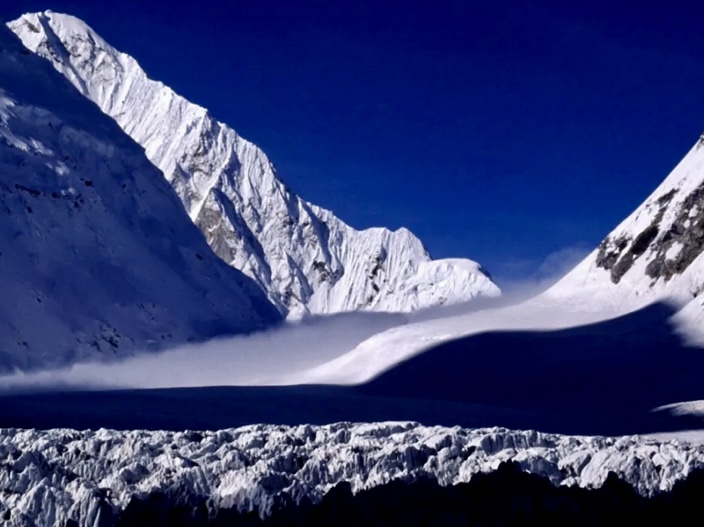
Lho La in morning cloud. The start of the West Ridge Direct is in shadow on the far left. Photo: Explore7summits
The rescue operation
A rescue operation started on April 21, when Prodanov was in trouble but still in contact. Lyudmil Yankov set out immediately and covered more than 1,000m in one push. He reached 8,500m extremely fast, arriving in the dark at 9:00 pm. He couldn’t find any trace of Prodanov, who was possibly around 200m above him.
In bad weather, Yankov spent a sleepless night at 8,400m, in a dangerous spot with steep, loose rocks. During the night, he talked to Prodanov non-stop, trying to keep Prodanov awake: “Don’t fall asleep! You’re a great man, don’t sleep, you’re Bulgarian! People are running to you!”

Lyudmil Yankov, the climber who tried to rescue Prodanov. Photo: 360mag bg
Yankov was finally ordered to descend in bad weather, with severe frostbite on four of his fingers.
According to a note in The Himalayan Database written by Prachanda Shrestha from the Tourism Ministry of Nepal, Prodanov seemed to know his time was up. While he was still able to speak, he said, “I see nobody to rescue me,” aware that he was alone and that no one could assist him immediately.
Having risked his life to try and save Prodanov, Yankov finally descended to Base Camp.
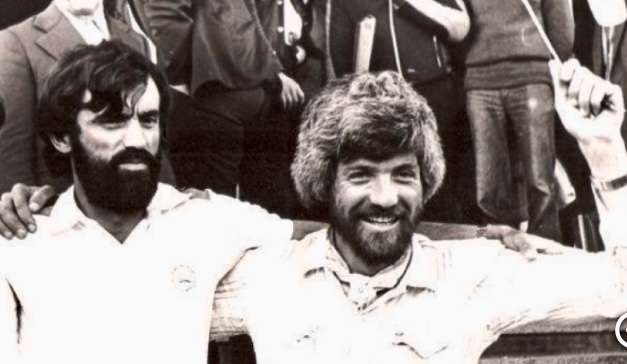
Prodanov, left, and Metodi Savov. Photo: Bnr.bg
Although Prodanov survived more than 50 hours in the death zone, he finally succumbed and disappeared.
The next day, on April 22, bad weather kept the other climbers in their tents and prevented any further rescue efforts.
The second summit bid
On May 1, a group of climbers started a second summit bid from Base Camp.
By May 7, Camp 5 was stocked with food and oxygen, and on May 8, Metodi Savov and Ivan Valtchev began their summit push. Working up the West Ridge Direct, they reached the top at 5:15 pm, despite deep snow.
They descended via the Southeast Ridge, but ran out of energy near the 8,765m South Summit and spent the night without shelter or oxygen. Savov suffered frostbitten toes, and fog separated the two men.
On May 9, Nikolai Petkov and Kiril Doskov summited at 10:10 am and also went down the normal route. They found Savov exhausted 30m below the South Summit. They gave him oxygen from the Indian expedition team.
At 1:50 pm, Petkov, Doskov, and Savov reached the Indian Camp 5, where they found Valtchev. With Indian assistance at the South Col, the group descended together, reaching Base Camp in two and a half days. Savov was airlifted to Kathmandu on May 12, and the expedition left the region on May 13.
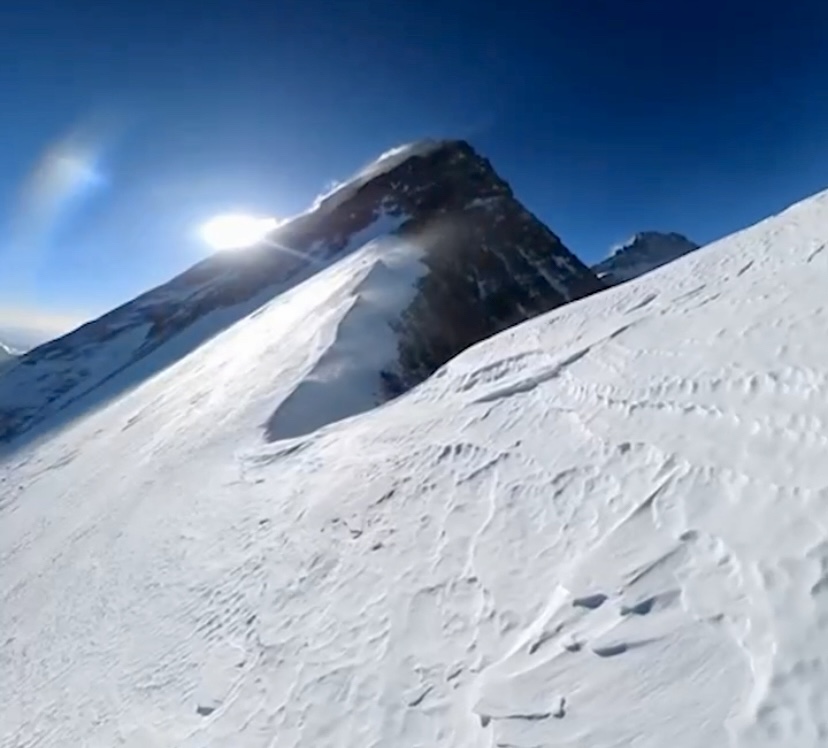
The West Ridge. Photo: Kilian Jornet
The Bulgarian and the Indian expeditions worked well together. The Indian team allowed the Bulgarians to use their tents and oxygen, and the Bulgarians later left their walkie-talkies for the Indians.
Svetoslav Kolev of the Bulgarian Mountaineering Federation told the American Alpine Journal that this Everest traverse would have been impossible without the Indian expedition’s generous help, which included tents, oxygen, food, and medicine during the Bulgarian descent on the normal route.
Notable feat
Prodanov’s achievement was an important feat. He became the first and only person to summit the West Ridge Direct without supplemental oxygen. Unfortunately, he did not complete the climb as he perished during the descent, and his body was never found.
Prodanov received several awards. Bulgaria acknowledged him as the “Number 1 Bulgarian Mountaineer of the 20th Century” and awarded him the title of Hero of the People’s Republic of Bulgaria posthumously in 1984.
Savov and Valtchev survived an open bivouac at 8,600m-8,700m. The two pairs of Bulgarian climbers completed the first full West Ridge–Southeast Ridge traverse and the second overall traverse of the mountain.
Different versions of Everest’s West Ridge
As we pointed out in our Nejc Zaplotnik story, Tom Hornbein and Willi Unsoeld’s ascent of the West Ridge in 1963 was different from the “Direct” route. They joined the West Ridge from the Western Cwm at around 7,500m. Then, they diverged to the Hornbein Couloir (8,000-8,500m) to the summit.
The 1979 Yugoslav ascent was the first complete ascent of the West Ridge. They climbed from Lho La (6,050m) to the summit, avoiding deviations (Western Cwm to the West Ridge), and descended via the North Face (Hornbein) and the West Ridge. The whole route was 6.5km.
The 1984 Bulgarian ascent of the West Ridge Direct was by a partially new route, as the Bulgarians climbed the entire West Ridge proper, and didn’t deviate to the Hornbein Couloir.
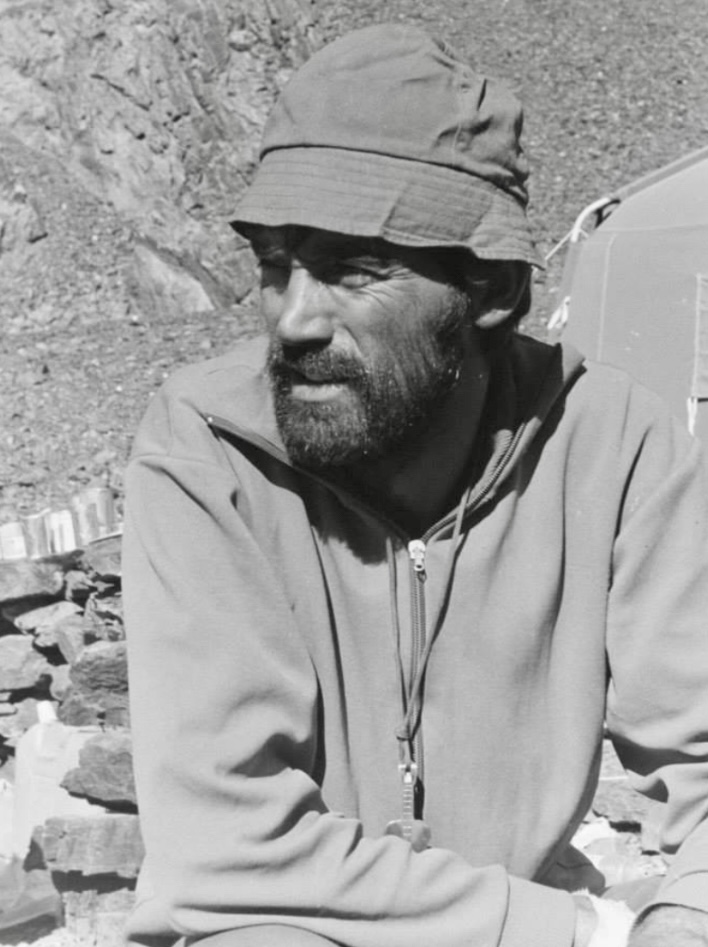
Hristo Prodanov. Photo: Trifon Djambazov
Tragedy repeats
Twenty years after Prodanov’s death, in the spring of 2004, his niece Mariana Prodanova Maslarova attempted Everest. She tried a similar oxygen-free ascent to honor her uncle on the 20th anniversary of his 1984 climb. Mariana attempted to ascend the peak from the north but disappeared at 8,700m. She likely died from exposure.
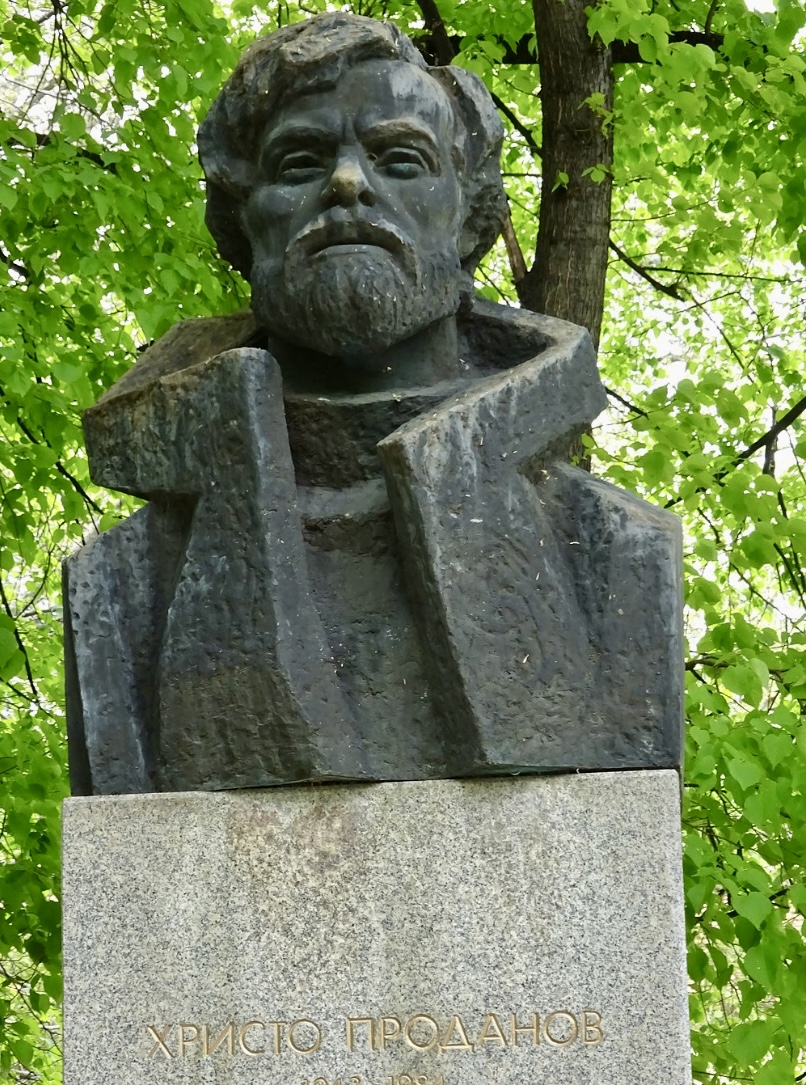
Statue of Hristo Prodanov in Karlovo, Bulgaria. Photo: Wikipedia
